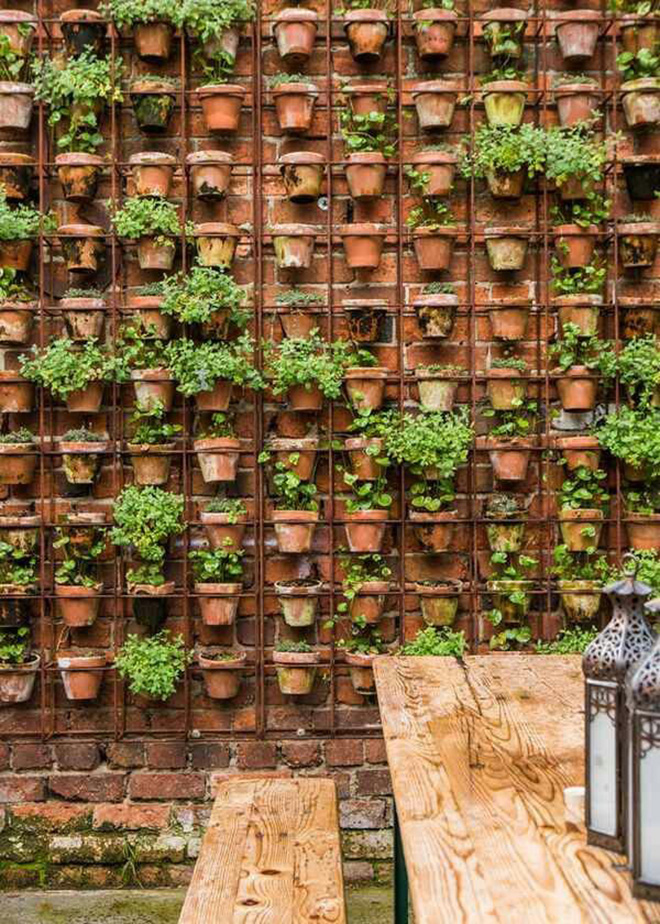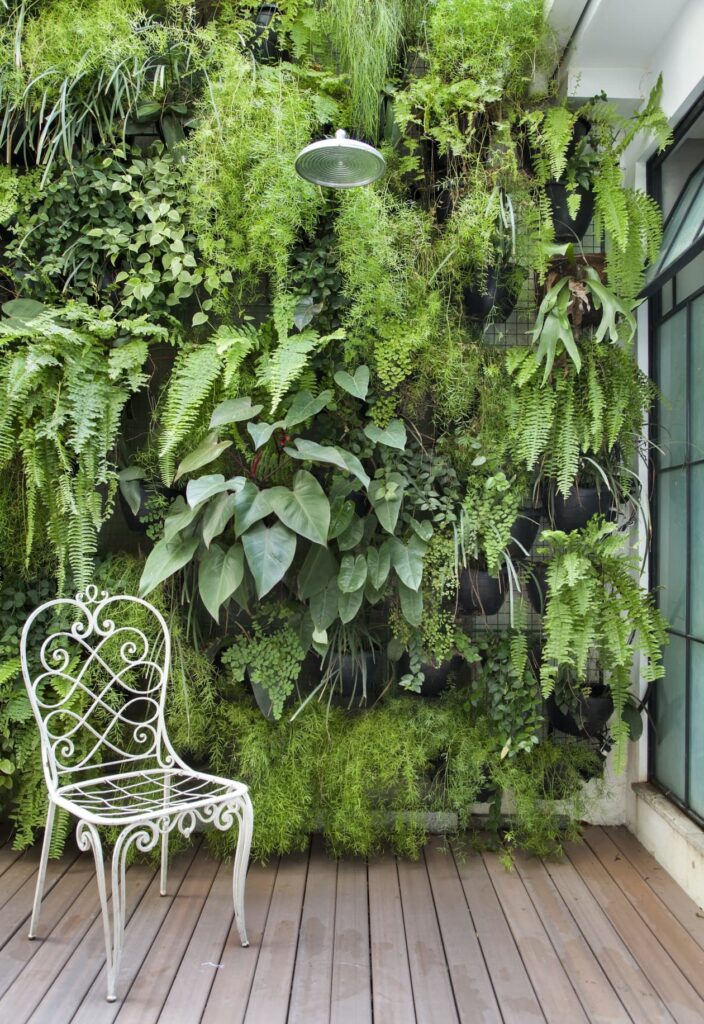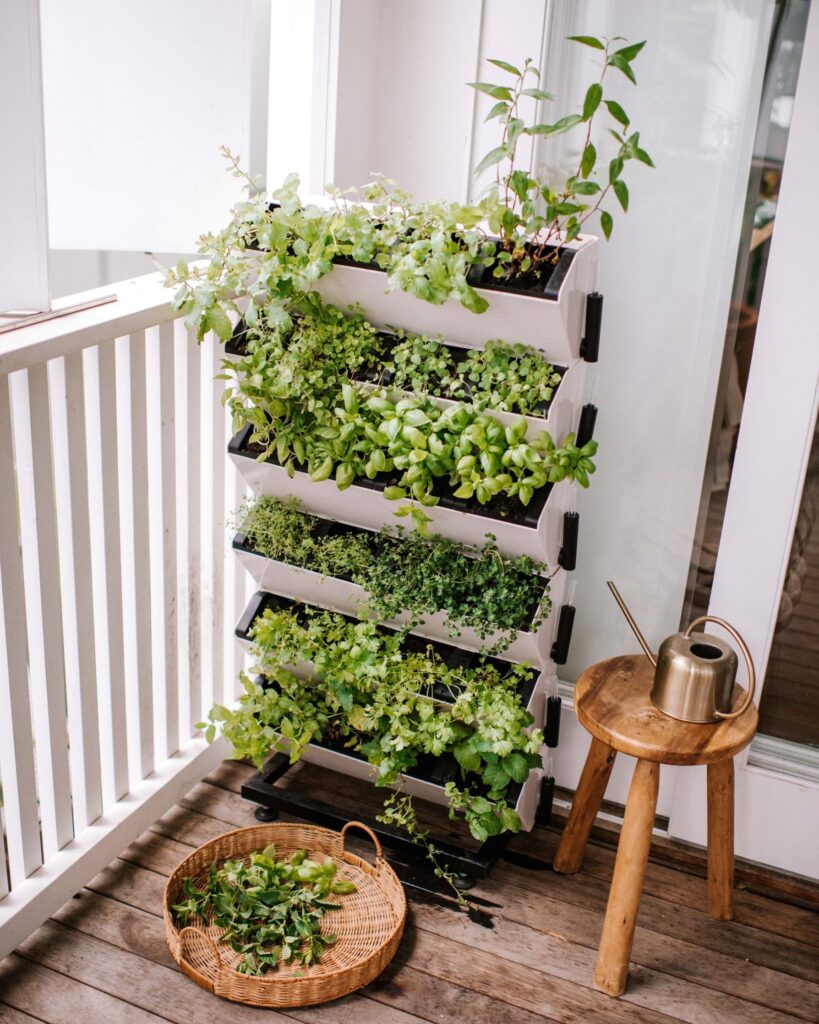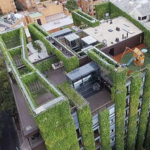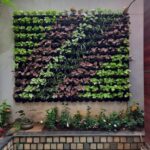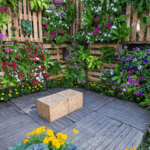Vertical gardens have become increasingly popular in recent years as a creative solution to limited space and a desire to bring more greenery into urban environments. Also known as living walls or green walls, vertical gardens are essentially plants grown vertically on a wall or other vertical structure. This innovative gardening technique not only provides an aesthetic appeal but also offers numerous benefits for both the environment and the people living or working in the space.
One of the main advantages of vertical gardens is their ability to improve air quality by filtering out pollutants and releasing oxygen into the atmosphere. Plants naturally absorb carbon dioxide and other harmful toxins, making them an effective way to purify the air in indoor and outdoor spaces. In urban areas where air pollution is a major concern, vertical gardens can play a significant role in promoting a healthier environment for residents and workers.
In addition to their environmental benefits, vertical gardens can also help to reduce energy consumption by providing natural insulation for buildings. The plants act as a barrier against heat and cold, helping to regulate the temperature inside a structure and potentially lowering heating and cooling costs. This can be particularly advantageous in urban areas where buildings are closely packed together and energy efficiency is a priority.
Vertical gardens are also a sustainable gardening option, as they require less water compared to traditional horizontal gardens. The plants in a vertical garden are grown in a soil-less medium and are watered through a drip irrigation system, which helps to minimize water waste. This makes vertical gardens a more eco-friendly choice for individuals looking to reduce their carbon footprint and conserve water resources.
Furthermore, vertical gardens can provide psychological and emotional benefits for individuals by creating a sense of calm and tranquility in urban settings. Studies have shown that being surrounded by greenery can help to reduce stress, improve mood, and increase overall well-being. Vertical gardens offer a way to bring nature into urban environments where green space is limited, offering a respite from the hustle and bustle of city life.
Overall, vertical gardens offer a practical and sustainable solution for introducing greenery into urban environments, promoting environmental health, energy efficiency, and emotional well-being. Whether used in residential, commercial, or public spaces, living walls can transform a bare wall into a thriving ecosystem of plants that not only beautify the surroundings but also contribute to a healthier and more vibrant community.
 yishifashion Where Outdoor Dreams Become Reality
yishifashion Where Outdoor Dreams Become Reality
